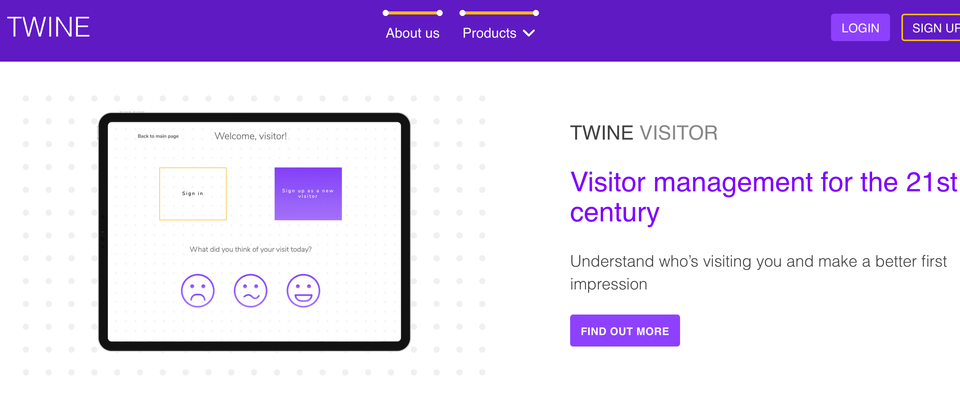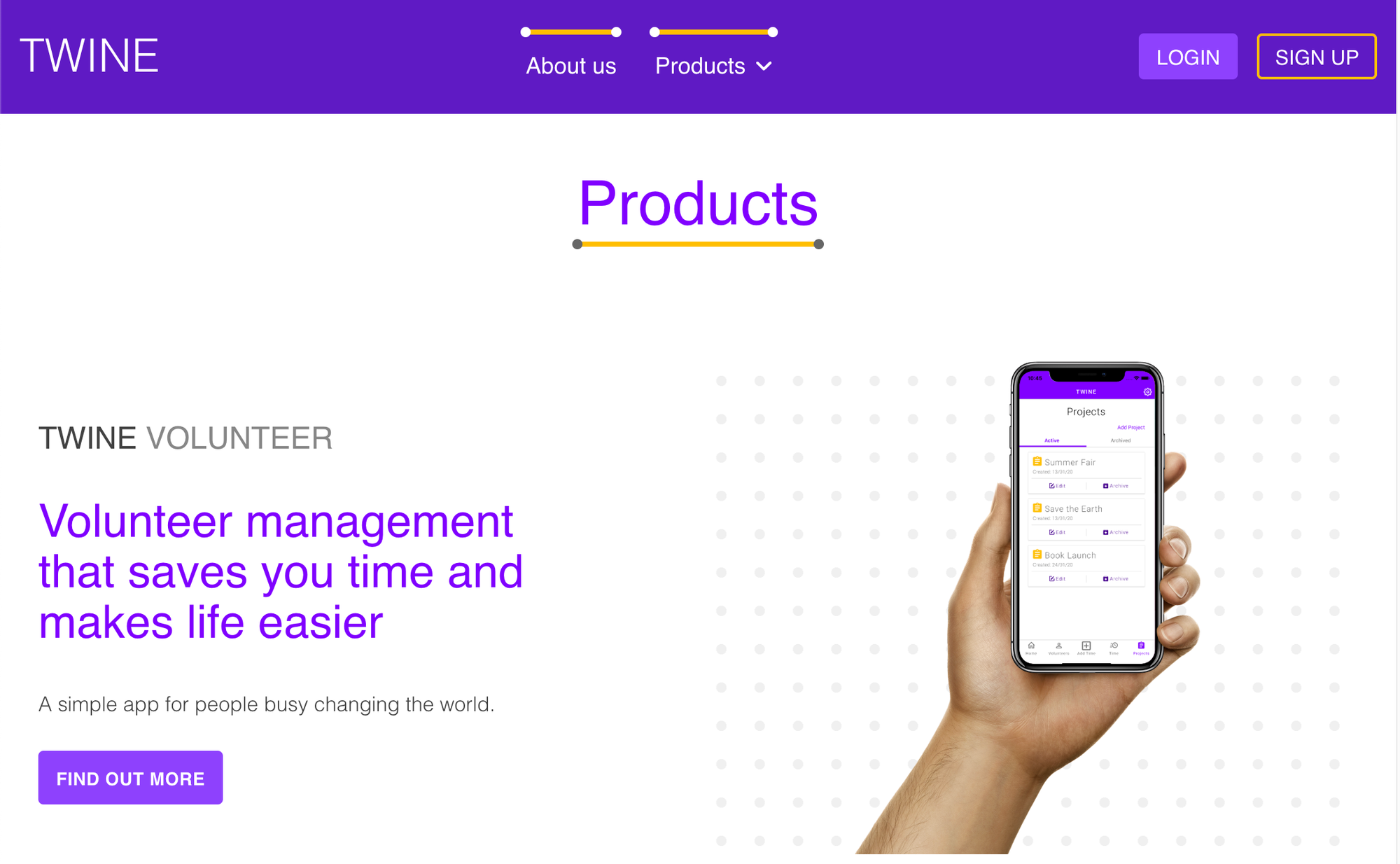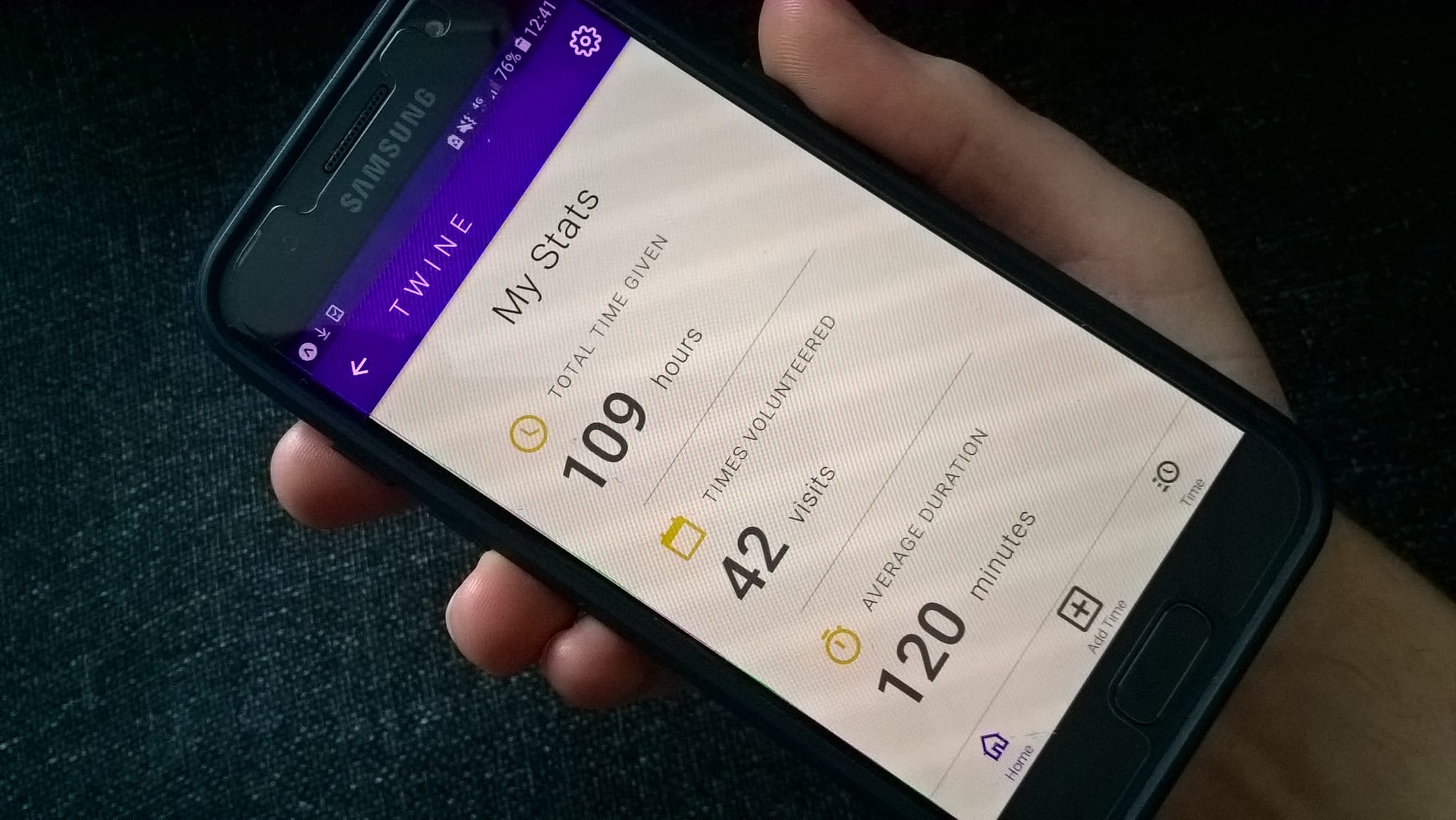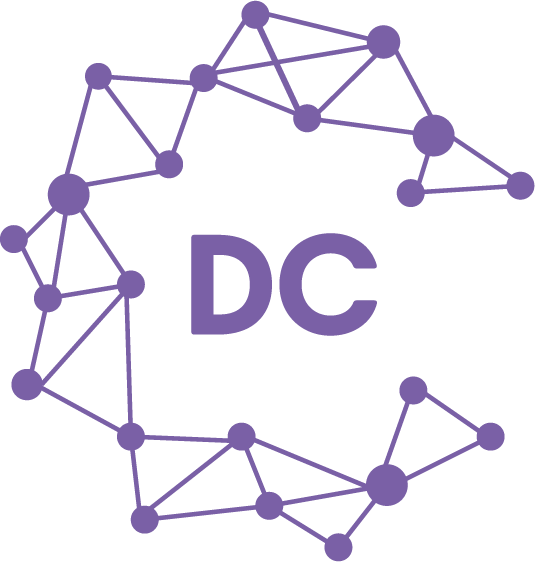Reflections on Twine: Learning lessons about software stewardship

Digital Commons Cooperative took over the running of Twine Volunteer and Visitor in 2022 from Power to Change. Twine Volunteer helps volunteers record their contributions, reducing paperwork for community businesses. Twine Visitor is a web and tablet app to enable paperless signing in systems.
When we took on Twine we envisioned developing Twine further into something even more useful for volunteer organisations. We were really excited about the potential complementarity between Twine as a data-sharing tool and our collaborative mapping products, Land Explorer and MykoMaps.
In 2024, we made the reluctant decision to close Twine down. This blog is an attempt to summarise what we’ve learned from this process, and to set out the next steps. Twine is open source and will remain so! You can access the source code here if you’d like to do anything with it.
If you are a Twine user you should have received an email from us explaining all of this. If you haven’t, or you have any questions please get in touch on twine@digitalcommons.coop
In summary, we have struggled to create a workable model that would enable us to raise the funds necessary to ensure that Twine can be a reliable and high quality product for the sector. We know that there are other products out there that people are using, and it feels like the gap that Twine once filled in the market is no longer a gap.

In more detail:
Challenge: Capacity
- When assessing the opportunity to take on Twine we mostly thought about the technical implications. Naively we went in with a ‘try it and see’ approach, and as such we didn't do enough to interrogate potential business models in advance. At the time Digital Commons was a very young organisation (we still are) and our strategic direction was still emerging. The relationships and connections needed to develop Twine were significantly different to our other products, and we didn’t realise how different at the outset. It became clear over the following year that the cross-over between Twine and our other tools was very small and bridging this gap would require significant capacity.
Learning Outcome: Taking a wide view while developing our strategy was helpful, though comes at the cost of having to prune later. Thus it is important not to over-promise.
Challenge: Attracting New Users
- Twine served an important function during the pandemic, however post-pandemic people were seeking more fully featured products to fulfil a wider range of needs than Twine was able to offer. This meant that we did not attract new users or retain existing ones.
- We have never had a very well developed comms function (part of the challenge of limited capacity!), which has limited our reach to the smaller organisations that Twine might have been a good fit for.
Learning Outcome: A good product sells itself, so not attracting/retaining users is an important indication that the product needs significant investment.

Challenge: Developing Revenue Streams:
- Power to Change transferred Twine to us along with a grant, but much of that was eaten up by setting up the infrastructure needed to actually host the product. None of our other products are apps, for example, and hosting on the App stores was more labour intensive than we anticipated.
- We reached out to a number of users and had some really interesting conversations about future directions for Twine with the intention of finding revenue stream opportunities for this free product. What was clear was that people wanted something that had MUCH more functionality - e.g. that could act as a CRM as well as a volunteer hour tracker, or do more fully-fledged surveys with visitors rather than just acting as a visitor log. What was also clear was that there was an increasing number of other products on the market offering these services and we didn’t have the funding to develop a fuller suite of functions.
Learning outcome: When significant investment is needed, it needs a strong revenue model to match.
Challenge: the tech sector moves fast, particularly apps:
- “Stewardship” is a wonderful word, and we were excited to be a safe pair of hands for Twine. However even if an app is in great condition when you take it on, the external context changes really rapidly, and those changes all have financial implications. Especially with the app stores, the baseline conditions for the app being available changed and we were facing needing to re-write a lot of code just to stand still in terms of features.
- New products are coming online all the time, and increasingly funders were asking people to use different products to monitor various things. One of the most common bits of feedback from users has been along the lines of “Twine was great when we started but we are now using something else”. We have taken the decision that we can’t compete with the plethora of “something elses” out there.
Learning outcome: Focus on doing a few things well, including technical debt, to be agile with the sector.
In summary, Digital Commons is refining its strategy
- We’re still a relatively young organisation, and we have big ambitions to develop useful tech for social movements. We thought Twine fit well with that, but as a small organisation we identify that we need to focus on a small set of tools to build our core strategy around.
- We know we need to focus on what we’re really good at, and that is, for now, mapping technology - so we’re going to sink all our energy into Land Explorer and MykoMaps and try and have the most impact we can with them over the next couple of years.
We’re really grateful to all the users and friends of Twine who have engaged with us over the past couple of years - it’s been a window into some wonderful work that is happening in the world!
